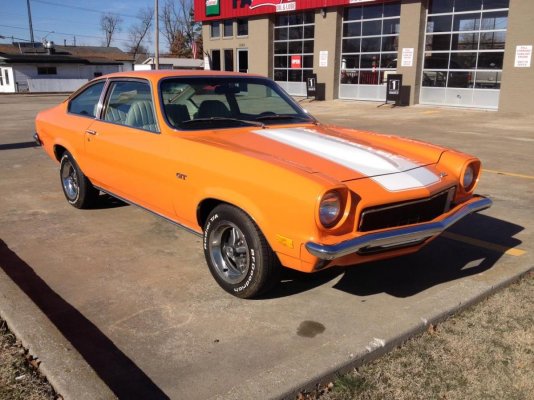This sounds like a sailboat with small propeller issue.
In your analogy, when I motor up current to the pendant, I have speed through the water, which is different than speed across the bottom, because of the current. When I turn to cross the current, I still have that same speed though the water, but speed across the bottom has increased as I'm not going into the current. When I turn down current, speed through the water is still the same, but speed across the bottom is now faster than through the water because of the current. In all directions, the through the water speed hasn't changed, and steering is relatively unaffected because of my 28" propeller and 36" x 24" rudder.
Ted


 :lol:
:lol:









